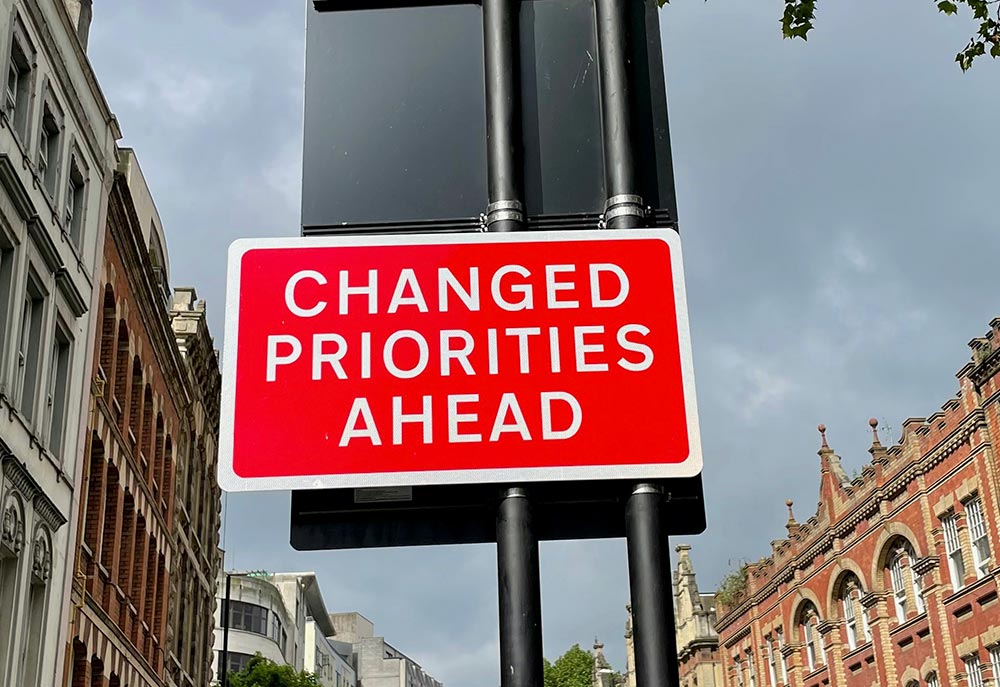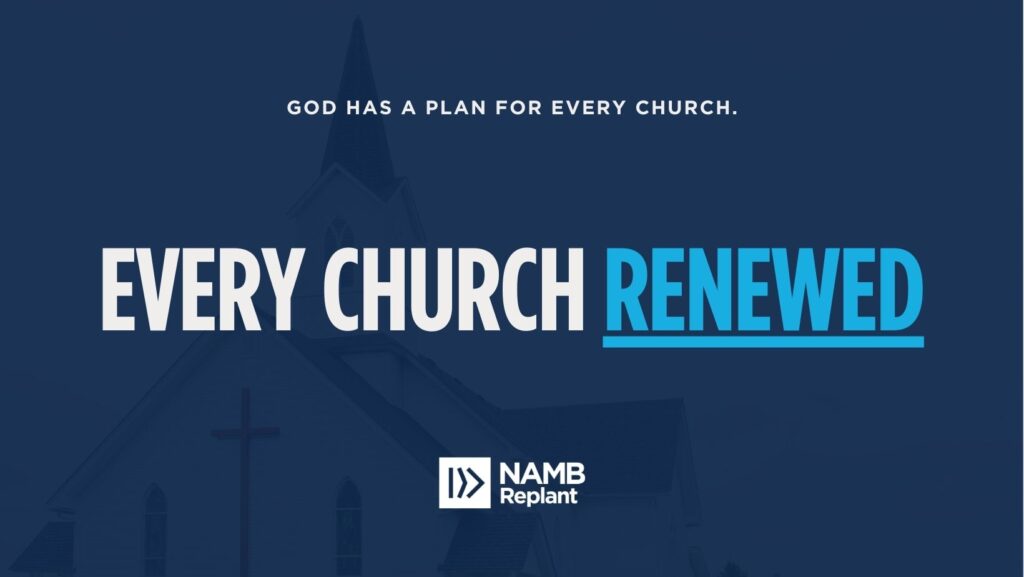Is your website out of date? If it is, knowing that is important for several reasons.
For one, an outdated website can give off a negative impression to visitors, who may perceive it as lacking in professionalism or attention to detail. In addition, an outdated website also can be less effective at achieving your goals, whether that be connecting with visitors, communicating important information or increasing engagement.
In this article, we will discuss five ways you can determine if your website is out of date and what steps you can take to bring it up to date.
1. Check the design and layout
One of the first things you should look at when evaluating the age of your website is its design and layout. Web design trends tend to change fairly frequently, and if your website looks outdated, it may be a sign it needs an update. Some specific things to look for include:
- Outdated website design: If your website is built on a template, it’s possible that the design you are using is no longer considered modern or fashionable. In this case, you may want to consider switching to a new design that is more current.
- Cluttered or confusing layout: A cluttered or confusing layout can make it difficult for visitors to navigate your website and find the information they are looking for. If your website has a lot of unnecessary elements or a confusing layout, it may be time to simplify and reorganize.
- Lack of responsive design: In today’s world, it is essential that websites be mobile-friendly. This means that they should be able to adapt to different screen sizes and devices, such as smartphones and tablets. If your website is not responsive, it may not be displaying properly on these devices, which could be a turn-off for visitors.
- Branding: Your website’s design should be consistent with your overall brand identity. This means using the same colors, fonts and imagery that you use in your other marketing materials.
- Functionality: In addition to looking good, your website’s design should also be functional. This means including features like contact forms, search bars and social media links that make it easy for visitors to interact with your website.
2. Check for outdated content
In addition to updating your website’s design, it is also important to regularly update the content on your website. This could involve adding new blog posts, articles or other types of content to keep things fresh. When updating your website’s content, it is important to consider the following:
- Outdated information: If your website contains information that is no longer accurate or relevant, it is important to update it as soon as possible. This could include things like outdated contact information, broken links or information about products or services that are no longer available.
- Relevance: Make sure the content on your website is relevant to your audience and the goals of your website. This could involve writing about topics of interest to your target audience or providing information about your products or services.
- Quality: The content on your website should be well-written and free of errors. It is also important to use appropriate formatting, such as headings and bullet points, to make the content easy to read.
- SEO: Search engine optimization (SEO) is the practice of optimizing your website to rank higher in search engine results. When updating your website’s content, it is important to consider SEO by including relevant keywords and phrases and using them appropriately throughout your content.
3. Check for security vulnerabilities
In addition to checking for outdated design and content, it is also important to ensure that your website is secure. If your website is out of date and has not been properly maintained, it may be vulnerable to security breaches or attacks. Some specific things to look for include:
- Outdated software: If your website is built on a content management system (CMS) like WordPress, it is important to keep the software up to date. This ensures that any security vulnerabilities or bugs are fixed as soon as possible.
- Lack of SSL certificate: An SSL (Secure Sockets Layer) certificate is a type of security certificate that encrypts data transmitted between your website and visitors’ browsers. If your website does not have an SSL certificate, it may be less secure and less trustworthy to visitors.
- Use a website firewall: A website firewall is a security tool that helps protect your website from attacks by blocking malicious traffic.
- Use strong passwords: It is important to use strong passwords for your website’s login and any other sensitive areas to help prevent unauthorized access.
- Regularly scan for vulnerabilities: Regularly scanning your website for vulnerabilities can help you identify and fix any potential security weaknesses before they are exploited.
4. Check your website’s performance
In addition to design, content, and security, it is also important to consider your website’s overall performance. If your website is slow to load or difficult to use, it can be frustrating for visitors and may lead to a high “bounce rate” – visitors who leave without interacting or exploring. Some steps you can take to improve your website’s performance include:
- Hosting environment: Quality hosting can make a big difference in your users’ experience on the website. If your host is not able to handle the amount of traffic your site generates, consider hosting elsewhere.
- Optimize images: Large, unoptimized images can significantly slow down your website’s loading time. By optimizing your images – reducing their file size without sacrificing quality – you can improve your website’s performance.
- Use a content delivery network (CDN): A CDN is a network of servers that delivers content to users based on their geographic location. Using a CDN can help reduce the load on your server and give your end users a faster experience.
5. Check for “Best Practices”
Times change and what was considered best practices 10 years ago is not necessarily considered best practices today. Good web design is always evolving and getting better as we learn more about the best way to present content to our users in ways they love interacting with.
- Use of sidebars: If your site uses page sidebars extensively, it’s time to update. This practice limits the ability of the user to scroll and still access the information they need.
- Text hierarchy: The importance of text is represented by its size, shape and color. Having a good hierarchy between heading, subheading and body text helps make content more digestible to the website users.
- Full width design: Modern screens use 16:9 aspect ratios. Websites that don’t take advantage of the full-width of a monitor’s viewport for design or information are missing out on opportunities to create a more engaging website.
By using these suggestions to take a quick assessment of your church’s website, you can make sure your website is an effective tool to help reach your community as we begin a new year!
This post originally appeared at One Eighty Digital.
Published January 9, 2024



